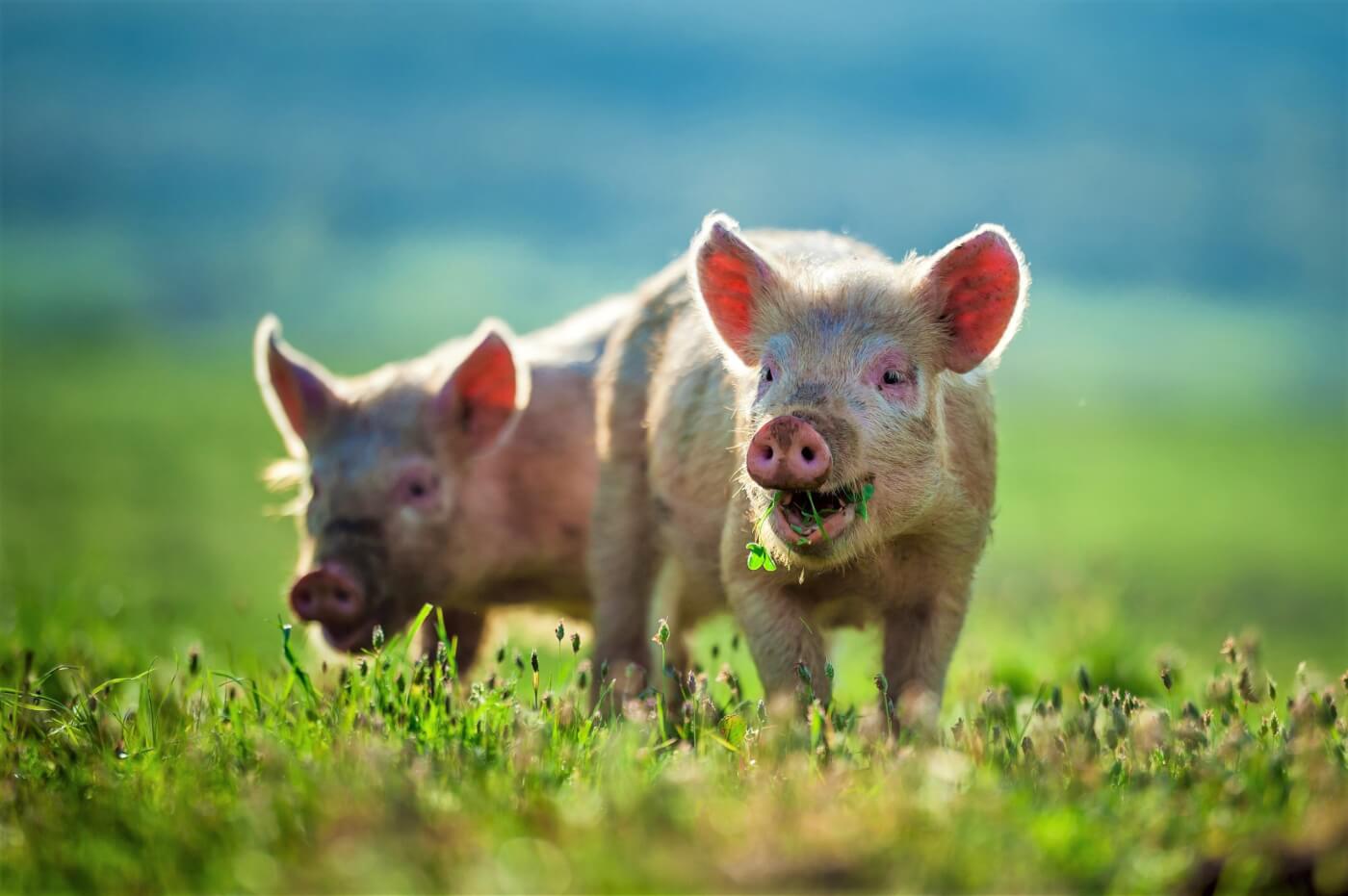‘It’ Isn’t Right! Pronoun Pointers From PETA Explain How to Refer to Our Fellow Animals
Words carry immense power. That’s why we strive to identify racist, sexist, homophobic, transphobic, ableist, and speciesist phrases and eradicate them from our vocabulary—it’s the least we can do to show solidarity with disenfranchised groups. PETA even released a popular list of animal-friendly idioms to help people liberate their language and show more kindness for other species when they communicate.
As an animal rights organization, PETA advocates for the ethical treatment of all animals. One easy way to show respect for all living, feeling beings is by using the appropriate pronouns when referring to our fellow animals. This means that you should always refer to animals as “he,” “she,” or “they.”
Using “it” as a pronoun for animals perpetuates harmful and disrespectful attitudes toward them.
All animals, including humans, are sentient beings with their own unique personalities, emotions, and experiences. Using “it” to refer to animals reduces them to mere objects or things, rather than acknowledging that they are individuals with inherent value and rights. Doing so implies that they are not worthy of respect and consideration, simply because they are members of a different species. This toxic mindset is an example of speciesism, a human-supremacist viewpoint that has negative real-world consequences for billions of animals each year.
By using appropriate pronouns such as “he,” “she,” or “they,” we recognize the individuality and dignity of animals and acknowledge their status as living, feeling beings deserving of respect and compassion.
This is a small but significant way to help create a more just and ethical world for all animals.


